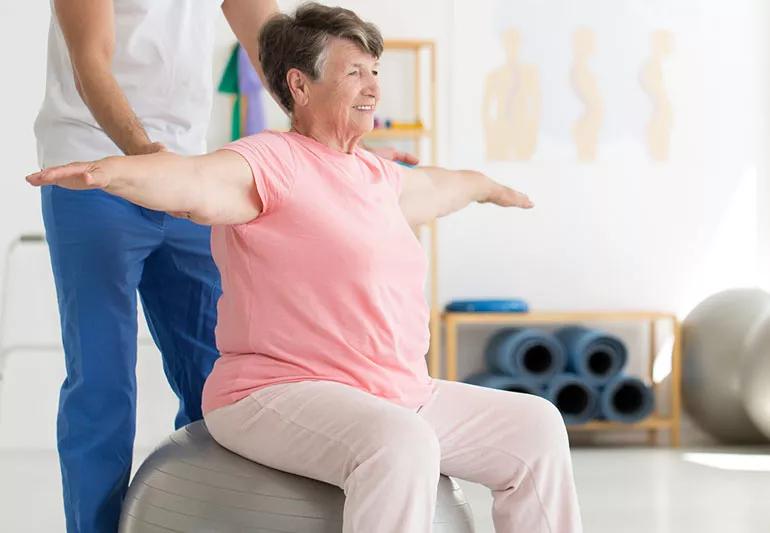Not just for injuries and accidents

Physical therapy might not be your first thought when it comes to nagging back pain, pesky headaches or even helping to control diabetes. But maybe it should be. Physical therapy (or PT as it’s commonly called) isn’t just for severe pain or after an accident or injury. PT encourages movement across all healthcare practices, from a fall to joint replacement to chronic shoulder pain. PT can be used to improve your ability to enjoy the activities that you love to do.
Advertisement
Cleveland Clinic is a non-profit academic medical center. Advertising on our site helps support our mission. We do not endorse non-Cleveland Clinic products or services. Policy
Here physical therapists Mary Stilphen, PT, DPT, and Christine Schulte, PT, MBA, share five things that PT can help you manage:
Advertisement
Advertisement
Learn more about our editorial process.
Advertisement

Most recommended precautions center around minimizing bruising or swelling

Even one drink can have an impact on your cognitive function leading to slurred speech, blurred vision and impaired memory

Understand who may (and may not) benefit

Lorem ipsum dolor sit amet. Et odio Quis vel ipsam omnis eum alias deleniti et placeat impedit non voluptas galisum hic autem enim et cupiditate aliquid. Est beatae quidem non facilis autem ut commodi nisi aut tempore rerum et dolores voluptatem cum enim optio id sapiente quasi. Ad laboriosam officiis 33 cupiditate sequi ea voluptatum consectetur qui necessitatibus voluptate et quasi doloremque et facere explicabo quo explicabo officia

Seeking help through therapy can be an important step in improving your quality of life when you have UC

Type 2 diabetes isn’t inevitable with these dietary changes

Applying a hot or cold compress can help with pain